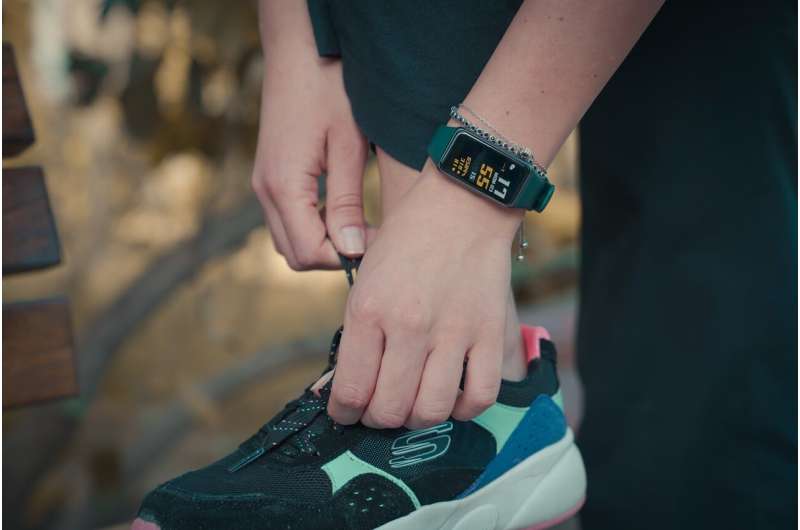Reevaluating the Beep Test: Outdated Fitness Assessment or Still Relevant?

The beep test remains a widely used, practical assessment of aerobic fitness for groups, despite its limitations. Learn whether it still holds value in modern fitness evaluation.
The beep test, also known as the 20-meter shuttle run, has become an iconic — and often dreaded — component of fitness evaluations worldwide. Developed in the early 1980s by exercise physiologist Luc Léger at the University of Montreal, this simple, portable test was designed to estimate VO2 Max, a key indicator of aerobic capacity. It involves participants running back and forth between two markers, timed to audio beeps that progressively increase in speed, pushing individuals toward their maximum aerobic effort.
Historically, the beep test has been a staple in school physical education, sports teams, military training, and fitness assessments due to its practicality and minimal equipment needs. Its widespread adoption stems from its ease of administration and ability to provide a rough measure of maximal aerobic capacity, especially in large groups.
But what exactly does the beep test measure? Primarily, it aims to estimate VO2 Max—the body's ability to consume and utilize oxygen during intense exercise. This parameter is considered a gold standard for cardiovascular fitness. However, since the test involves intermittent changes in speed and direction, it also taxes the anaerobic system, which provides quick bursts of energy without oxygen. Consequently, while it estimates aerobic fitness, it does not match the precision of laboratory-based VO2 Max tests.
Scoring in the beep test varies depending on age, gender, and fitness levels. Common benchmarks suggest that scores of around 7-8 stages are average for adults, with higher scores indicating better fitness. Elite athletes often reach stages above 14, emphasizing their superior aerobic capacity.
Despite its simplicity and longstanding use, questions about its modern relevance persist. While the beep test remains popular for large-scale screening—due to its low cost and ease—it has limitations. It doesn’t perfectly simulate the demands of sports that involve frequent stops and starts, such as soccer or Australian football. For these sports, alternative tests like the Yo-Yo Intermittent Recovery Test provide more sport-specific insights. Similarly, distance runs or lab-based protocols like direct VO2 Max testing are used where precision is critical.
In the realm of sports science and research, more sophisticated and individualized testing methods are increasingly prevalent. Nonetheless, for community sports, schools, and military purposes, the beep test still offers a practical and effective measure of aerobic fitness.
In conclusion, while the beep test may evoke memories of discomfort, it remains a valuable tool in the fitness assessment toolkit. Its affordability, portability, and decent accuracy make it a useful option when resource constraints or group testing are considerations. As exercise science evolves, it is complemented rather than replaced by more specific or lab-based assessments, but it continues to serve as a quick, accessible measure of overall aerobic health in many settings.
source: https://medicalxpress.com/news/2025-05-dreaded-beep-outdated-valid.html
Stay Updated with Mia's Feed
Get the latest health & wellness insights delivered straight to your inbox.
Related Articles
Comparative Study Highlights Differences in Physical Activity Between Berlin and Singapore
A comparative study reveals that residents of Singapore are more physically active than those in Berlin, highlighting the impact of urban policies and environment on exercise habits. Learn more about the differences and implications for public health.
Innovative Approach: Turning Fitness Tools into Personal Motivators to Enhance Exercise Engagement
Discover how anthropomorphizing fitness equipment can boost motivation and engagement in exercise routines, offering innovative solutions to combat physical inactivity.
Rethinking Ice Baths: Could Cold Exposure Hinder Muscle Growth?
Emerging research suggests that routine ice baths may slow muscle growth by impeding blood flow and nutrient delivery post-exercise. Timing and temperature are key to balancing recovery and muscle development.
Personalized Workouts Based on Your Personality for Better Motivation and Results
Discover how tailoring workouts to your personality traits can boost motivation, enhance enjoyment, and reduce stress, leading to better health outcomes and a more sustainable fitness journey.



